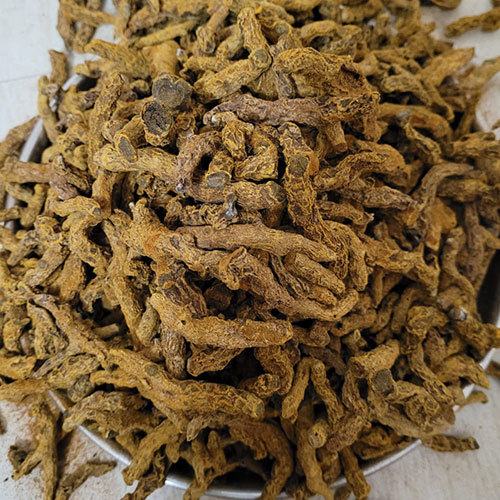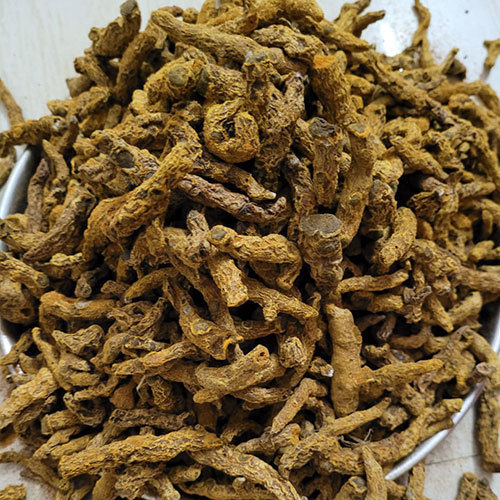
Turmeric Finger
Price And Quantity
Product Specifications
Product Description
Turmeric finger refers to the raw form of turmeric, which is a perennial herbaceous plant that belongs to the ginger family. The turmeric plant is native to South Asia, and its root is used as a spice and a medicinal herb.
Turmeric finger is the term used for the whole, unprocessed root of the turmeric plant, which is typically brown on the outside and bright yellow on the inside. The term "finger" refers to the size and shape of the root, which is elongated and resembles a finger.
Turmeric finger is commonly used in Indian and Middle Eastern cuisine, where it is ground into a powder and used as a spice to add flavor and color to curries, stews, and other dishes. It is also used in traditional medicine to treat a range of ailments, including inflammation, pain, and digestive issues.
Turmeric has gained popularity in recent years due to its potential health benefits, particularly its anti-inflammatory and antioxidant properties. Many people now use turmeric supplements or incorporate turmeric powder into their diets as a natural way to support their overall health and well-being.
FAQ
1. How long does turmeric finger last?
Ans - Shelf Life: One Year from the Date of Manufacture. State of Storage: Cold and Dry (20 C).
2. What function does a turmeric finger serve?
Ans - The usage of turmeric enhances the flavour, colour, and scent of food. The most pure form of turmeric is utilised in the production of foods, medications, and dyes. The farmers who raise the crop naturally and organically are the source of the product. At Erode, turmeric is commonly grown.
3. Are finger joints benefited by turmeric?
Ans - Turmeric's anti-inflammatory qualities can be especially beneficial for arthritis sufferers. This covers both inflammatory arthritis and osteoarthritis, a degenerative form of arthritis (rheumatoid arthritis, ankylosing spondylitis, psoriatic arthritis, gout, or others).
4. What are turmeric's key advantages?
Ans - Similar to other vibrant plant-based meals, turmeric is packed with phytonutrients that may buffer the body from harm by scavenging free radicals (pollution, sunshine) and neutralising them. The prevention of diseases like cancer and heart disease is linked to diets high in plant-based foods.









